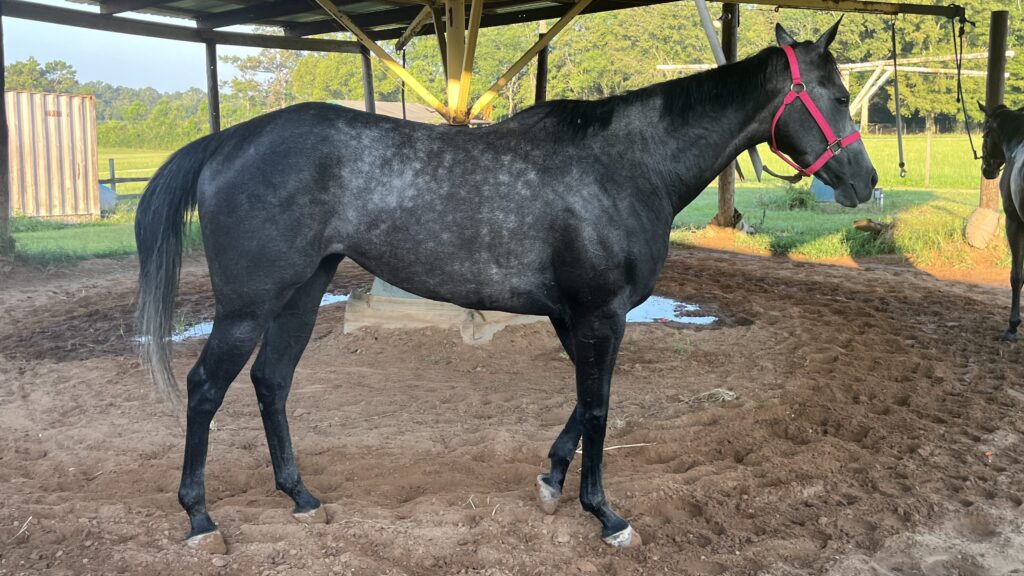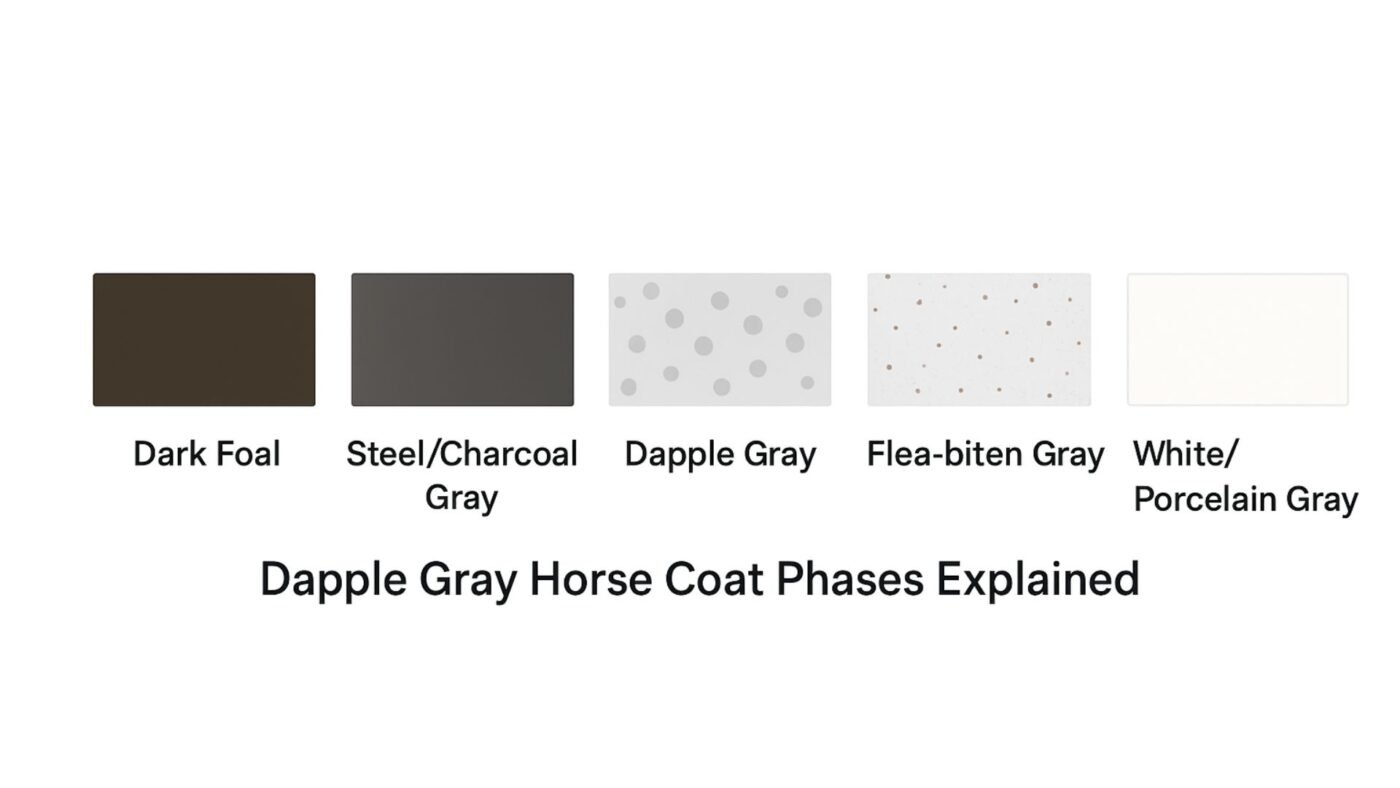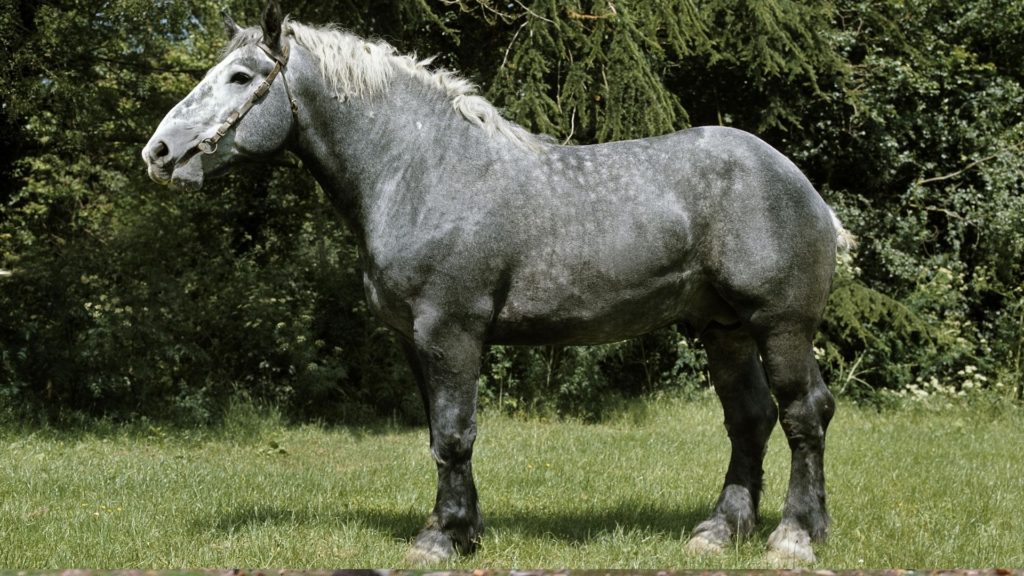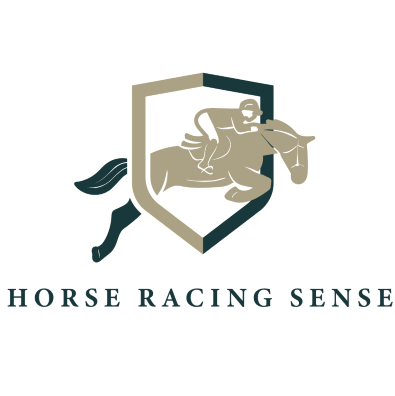Last updated: June 10, 2025
A dapple gray horse catching the sunlight, with its gray coat and lighter dapples, is a stunning sight. These horses change color over time and have a rich history, making them special in any setting. What causes their unique pattern? How do dapples form, and what care do they need?
With over 25 years of experience training and caring for dapple grays across Louisiana tracks, I’ll break down their genetics, care, health considerations, history, and common myths. Whether you own a dapple gray or just admire them, this guide will help you understand these amazing horses. Dive deeper into equine colors with my horse coat colors guide.

Quick Facts About Dapple Gray Horses
| Trait | Details |
|---|---|
| Average Height | Varies by breed (typically 14.2–17 hands) |
| Common Breeds | Andalusian, Lipizzaner, Thoroughbred, Percheron, Connemara, Arabian |
| Lifespan | 25–30 years (breed-dependent) |
| Temperament | Intelligent, energetic, often gentle (varies by breed) |
| Key Genetic Factor | Dominant gray gene (G-gene, STX17 duplication) |
| Distinguishing Trait | Circular light dapples on a darker gray base, progressing to white |
What is a Dapple Gray Horse?
A dapple gray horse sports a gray coat with lighter, circular dapples, most vivid in middle age (2–7 years). This pattern, driven by the gray gene, isn’t a breed but appears in Andalusians, Thoroughbreds, and more. Compare it visually with my horse colors chart.
The Genetics of Dapple Gray Horses
Understanding the genetics of dapple gray horses is key to unlocking the mystery behind their iconic coat patterns.

The Dominant Gray Gene
The dapple gray horse’s color arises from the autosomal dominant gray gene (G-gene, STX17 duplication), a duplication of a 4.6 kb intronic sequence in the STX17 gene, as identified by the UC Davis Veterinary Genetics Laboratory. One copy from a parent triggers progressive depigmentation, turning the foal’s base color (bay, black, chestnut) gray over time. Both heterozygotes (G/g, 4 copies total across both chromosomes) and homozygotes (G/G, 6 copies total) gray, but G/G horses may gray faster, as noted in my palomino genetics guide.
Gray Gene Variants and Melanoma Risk
Research from UC Davis and Nature Communications, 2024 identifies:
- G2 (duplication, 4 copies—two gene segments): Slower graying, lower melanoma risk due to reduced pigment cell stress.
- G3 (triplication, 6 copies—three gene segments): Faster graying, higher risk; G/G homozygotes show the highest melanoma incidence (up to 80% over 15 years).
This overproduction of pigment cells depletes melanin, turning coats gray and increasing melanoma risk. Biannual vet checks are essential.
Related Dilution Genes
The silver gene (Z/-) creates silver dapple, a distinct dilution of black coats, unrelated to the gray gene. Learn more about dilutions in my horse color genetics guide.
Interaction with Base Colors
Base colors (e.g., bay) influence early shades. A bay-based gray with the dun gene may retain a dorsal stripe, adding variety.
How the Dapple Gray Coat Changes

Dapple gray horses evolve through:
- Dark Foal Stage: Solid base color (e.g., bay).
- Steel/Charcoal Gray: Initial gray hairs around eyes/muzzle.
- Dapple Gray: Circular light spots on a gray base, peaking between ages 2–7.
- Flea-bitten Gray: Reddish/brown speckles on a lighter coat.
- White/Porcelain Gray: Nearly white in old age.

See my gray horse article for more comparisons.
Common Horse Breeds with Dapple Gray Coats
| Breed | Dapple Prevalence | Registry Notes |
|---|---|---|
| Lipizzaner | Nearly universal | Most turn gray |
| Andalusian | Very common | Iconic gray coats |
| Thoroughbred | Common | Dapples in racehorses |
| Percheron | Common | American lines often gray |
| Connemara | Occasional | Gray ancestry prevalent |
| Arabian | Occasional | Certain bloodlines show gray |
Explore more about Thoroughbred genetics.

Care and Health for Dapple Gray Horses
Proper care ensures your dapple gray horse thrives, from vibrant dapples to long-term health.
Grooming and Coat Care
- Grooming Techniques: Use a soft curry comb to enhance dapples, followed by a dandy brush to remove dust. Regular baths with equine-safe shampoo prevent skin irritation.
- Diet for Coat Health: Include omega-3 supplements (e.g., flaxseed oil) and ensure adequate copper/zinc for skin vitality; dapples remain genetic.
- Sun Protection: Use UV-blocking fly masks and equine-safe sunblock on pink areas to prevent burns, especially in older grays.
See my horse grooming guide for details.

Melanoma Prevention Tips for Dapple Gray Horses
- Prevalence: Up to 80% of gray horses over 15 develop melanomas (Nature Communications, 2017).
- Screening: Biannual vet exams; check under tail, lips, anus.
- Prevention: Masks and sunblock.
- Surgical Options: Consult a vet for surgical removal if tumors impair function or quality of life. Early surgery can prevent metastasis, improving long-term outcomes.
- Genetic Link: The G3 triplication (6 copies of STX17) increases melanoma risk, as discussed in the genetics section.
Learn more in my equine melanoma guide.
History and Cultural Significance of Dapple Gray Horses

- Myth and Legend: Joan of Arc’s dapple gray inspired tales.
- Military and Nobility: Traveller and royal mounts symbolized power.
- Modern Fame: Stars in dressage and film.
See more in my horse history section.
Famous Dapple Gray Horses

Several notable dapple gray horses have etched their names into history through their significant roles:
- Traveller: The trusted mount of Confederate General Robert E. Lee during the American Civil War, Traveller was celebrated for bravery and resilience throughout many battles (Photo of Traveller and General Lee).
- Native Dancer: An iconic American Thoroughbred racehorse known for his striking dapples and remarkable racing record, Native Dancer significantly influenced modern Thoroughbred bloodlines (National Museum of Racing and Hall of Fame).
- Blueskin: One of George Washington’s primary mounts during the Revolutionary War, Blueskin was a half-Arabian, dapple gray horse known for his strength and stamina, becoming a symbolic image in American history (Mount Vernon).
- Spectacular Bid: Known affectionately as “The Bid,” this remarkable dapple gray Thoroughbred racehorse won 26 of his 30 starts, earning nearly $2.8 million in purses. He was the two-year-old champion who dominated all five of his Kentucky Derby prep races in 1979, leaving a lasting impact on the racing world (National Museum of Racing and Hall of Fame).
Dapple Gray Horse Quiz

FAQs About Dapple Gray Horses
These FAQs answer common questions about dapple gray horses and their unique traits.
Why don’t all gray horses dapple?
Genetics, age, and health influence dapples; not all show them. (The Ultimate Guide to Gray Horses)
Can diet enhance dapples?
Nutrition highlights dapples, but they’re genetic. See my horse nutrition tips.
At what age do dapples appear?
Typically between ages 2 and 7, but this varies by individual. (Advanced Horse Color Genetics)
Are dapple grays prone to issues?
Higher melanoma risk, otherwise typical. See my horse health guide.
Silver dapple vs. dapple gray?
Silver dapple (Z/-) dilutes black; G-gene drives dapple gray.
Can non-gray parents produce a dapple gray?
No, one parent must carry the G-gene.
Does the gray gene affect skin color?
No, only hair; dark skin remains except on pink areas.
How to predict a dapple gray foal?
Genetic testing confirms G-gene (50% chance with one gray parent).
What are bloom dapples?
Temporary dapples from peak health, not G-gene related, can appear in any healthy horse, not just grays.
Melanoma monitoring for horses?
Check tail, lips; vet screenings are key.

Conclusion: Why Dapple Gray Horses Are So Special
Dapple gray horses showcase nature’s artistry, from dapples to porcelain coats. Understanding their genetics and care enhances your connection with these equine marvels.
Share your dapple gray story below!

References
- UC Davis Veterinary Genetics Laboratory – Gray Gene
- Nature Communications, 2024: “Genetic Basis of Gray Coat and Melanoma in Horses”
- The Horse – Understanding Equine Coat Colors
- Lipizzan International Federation
- American Andalusian Horse Association
- Percheron Horse Association of America
- HorseRacingSense.com – Horse Coat Colors Guide
- HorseRacingSense.com – Palomino Horse Guide
For readers who want to see these stunning horses in action, the video below dives deeper into dapple gray horses’ beauty and unique traits. Watch to learn more about their fascinating coat transformations, history, and care tips!
Download My Free Horse Buyers Cheat Sheet
Get my expert checklist for choosing your horse.

Explore more at HorseRacingSense.com!

About the Author: Miles Henry
Lifelong Horseman | Racehorse Owner | Published Author
Miles Henry brings over 25 years of hands-on experience training and owning Thoroughbred racehorses. Raised with Quarter Horses and Appaloosas, he’s spent a lifetime learning from horses—on the track, in the barn, and in the field. Today, he runs a small but successful racing stable in Louisiana and shares real-world insights on HorseRacingSense.com, helping horse owners, fans, and bettors navigate the sport with confidence.
📚 Books: View Miles’s books on Amazon »
🎧 Podcast Guest: Animal Tales Ep. 32 |
YouTube Interview
📩 Newsletter: Sign up for racing tips and horse care advice »
🔗 Follow Miles:
Twitter |
Facebook |
YouTube


